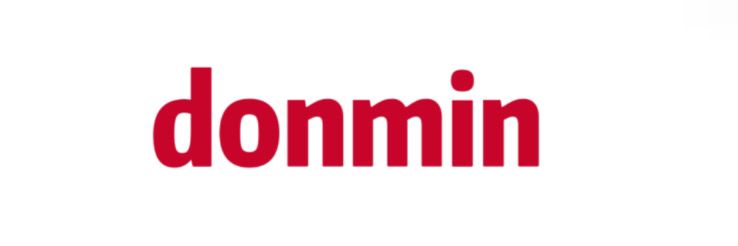Key Considerations for Dredge Hose Systems Purchasing
Introduction to Dredge Hose Systems
When purchasing dredge hose systems, it's essential to understand the unique requirements of your project. Dredging operations often involve complex environments and demands, so the hose systems must be selected with precision. This guide outlines the key considerations you should keep in mind when evaluating and purchasing dredge hoses.
Material Selection
Choosing the right materials for your dredge hose is crucial for performance and longevity. Dredge hoses are typically made from rubber, PVC, or polyurethane, but each material offers different advantages:
- Rubber: Flexible and durable, rubber hoses provide excellent resistance to abrasion and wear, making them ideal for heavy-duty applications.
- PVC: Lightweight and cost-effective, PVC hoses are suitable for low-pressure applications and offer moderate resistance to environmental factors.
- Polyurethane: Known for its high abrasion resistance and flexibility, polyurethane is an excellent choice for aggressive environments.
Pressure and Flow Requirements
Understand the pressure and flow requirements of your dredging operation. Different applications will have varying needs based on the materials being moved and the distances involved:
- Max Working Pressure: Ensure that the hose can withstand the maximum pressure during operation without bursting or collapsing.
- Flow Rate: Consider the size of the hoses relative to the flow requirements of the pump system to optimize efficiency.
Diameter and Length of Hose
The diameter and length of the dredge hose directly influence the efficiency of the dredging operation. To make the right choice:
- Diameter: Select a diameter that aligns with your pump capacity and material size. A larger diameter allows for increased flow but may require more power to operate.
- Length: Calculate the required length based on the distance from the dredge to the discharge location, taking into account bends and elevations.
Connection and Coupling Options
The integrity of connections and couplings between hoses can significantly affect operational efficiency. Evaluate different coupling options:
Additional resources:How 1mm Polyester Mesh Cloth Revolutionizes Fashion?
- Type of Couplings: Consider swivel, cam lock, and flanged couplings based on your specific needs and the frequency of hose changes.
- Material Compatibility: Ensure compatibility between couplings and hose materials to prevent leaks and failures during operation.
Environmental Considerations
Environmental factors play a critical role in the selection of dredge hose systems. Assess the following aspects:
- Temperature Range: Select hoses that can withstand the temperature variations expected in your operational environment.
- Abrasion and Chemical Resistance: Make sure the hose can handle the specific materials and conditions it will encounter, including corrosive substances.
Maintenance and Support
Investing in a dredge hose system also involves considering the maintenance and support available. Prioritize purchasing from manufacturers who offer:
- Technical Support: Ensure assistance is available for installation and troubleshooting.
- Maintenance Guides: Access to guides and resources for proper upkeep can prolong hose life and ensure optimal performance.
Conclusion
Choosing the right dredge hose system requires careful consideration of various factors, including material, pressure, flow, and environmental conditions. By paying close attention to these key aspects and selecting a reputable manufacturer, you can ensure the efficiency and reliability of your dredging operations.
Want more information on en856 4sp supplier, china high pressure steel wire braided hydraulic hose? Feel free to contact us.

